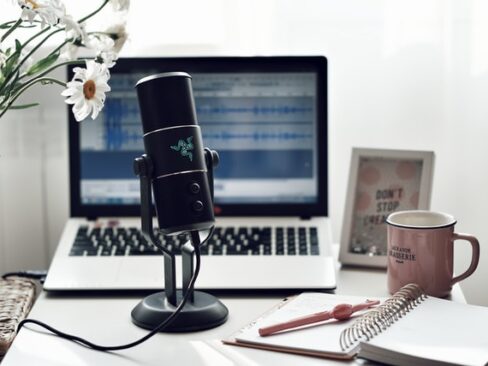Step 1: Identify Your Target Audience
A podcaster can't be successful without understanding who you are trying to reach. Any podcast looking for listeners needs to know who the listeners are, what they want, what they need, and where they can find them.
The first step in understanding your target audience is knowing their demographics. This includes their age, gender, ethnicity or race, education level, economic status or income level, size of community where they live in (for example urban or rural), and their mode of transportation. These are some criteria you may not have considered before when determining the target audience for a podcast.
The second step in the process would be to know about your competition. - how many other podcasts exist for your topic? Having some competition is usually a positive sign that there’s enough demand for a podcast. But make sure the topic is not saturated as it may be difficult to differentiate your message.
Step 2: Decide on the Length of the Podcast
It is important to decide on the length of the podcast before you start recording. This is because it will help the guest know how much time to allocate for their contribution. It will also help orientate listeners so they are not distracted by the unpredictable duration.
Deciding on the length also helps to determine how much time should elapse between episodes. For example, if you plan on releasing a weekly podcast, then one should be around 20-30 minutes long. However, if you want to release a monthly podcast, then it may be better to have them at around an hour long.
Step 3: Find a Voice Over Artist and/or Music
There are many different options for finding a voice over artist. You can call up your local radio station and see if they have any voice over artists that offer their services to the public. You can also hire voice-over artists through freelancer websites. If you're not sure what kind of voice you're looking for, take a look at some demos on YouTube to get an idea of what's available.
As for music, it's important to choose something that will fit the mood and tone of your podcast. Again, look at some examples on YouTube and from music clip sites so you know what kinds of sounds are available.
A great option to avoid expensive voice talent is to use a text-to-speech service such as Blogcast. With Blogcast, you can easily import any podcast script and convert your article into a podcast in seconds. The software allows custom pronunciations, voice emphasis, tone, and complete control of the result. When satisfied, you can even add information for the podcast and episodes and generate a podcast feed to upload to iTunes, Google Podcasts, Spotify, and other podcast syndication sites.
Conclusion
Converting your article into a high quality podcast takes research and planning. Make sure to know your topic, target audience, and competition. Decide on the appropriate length and cadence for your podcast. Find the right method for voice overs and music that works best for your podcast.
